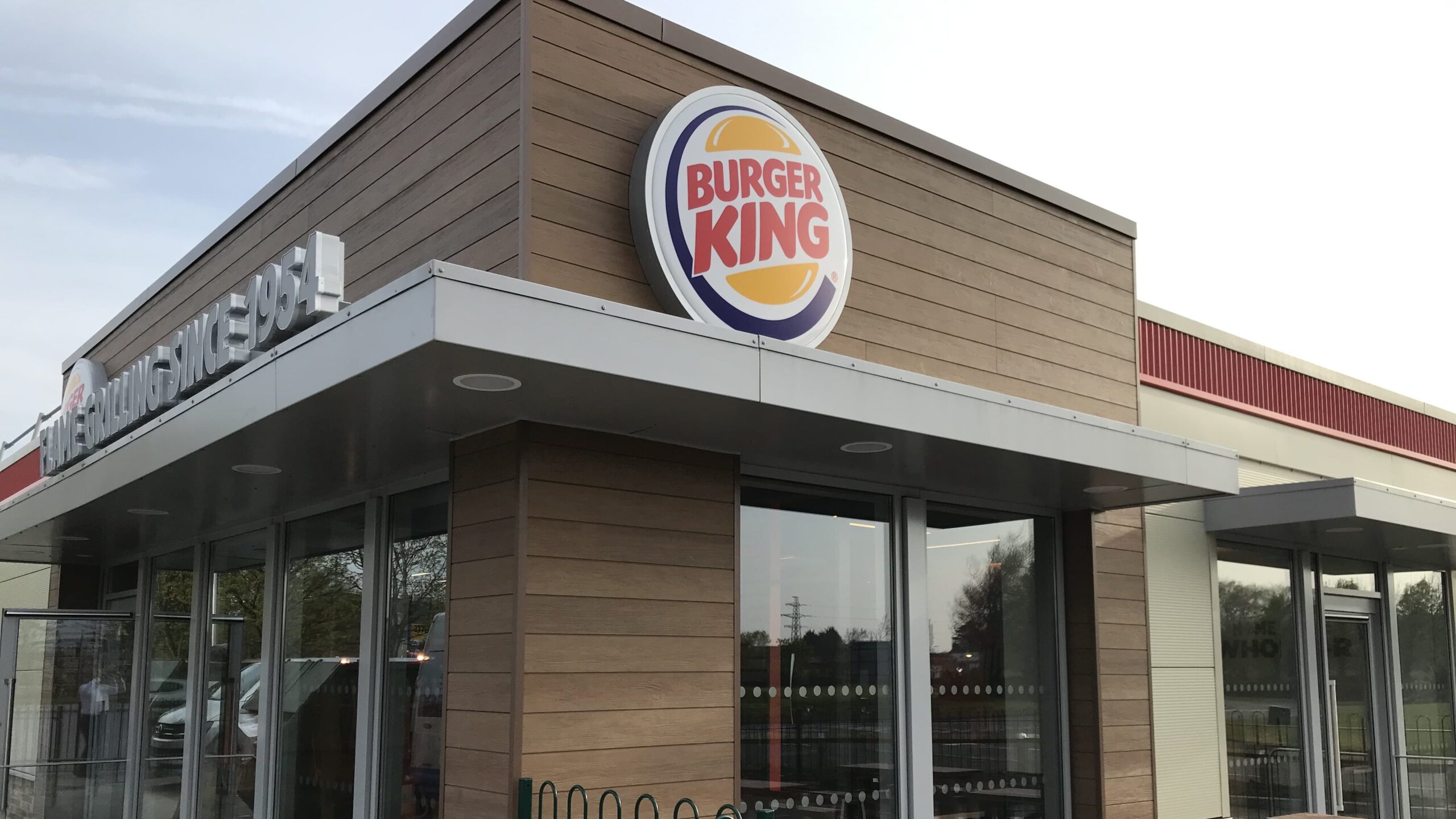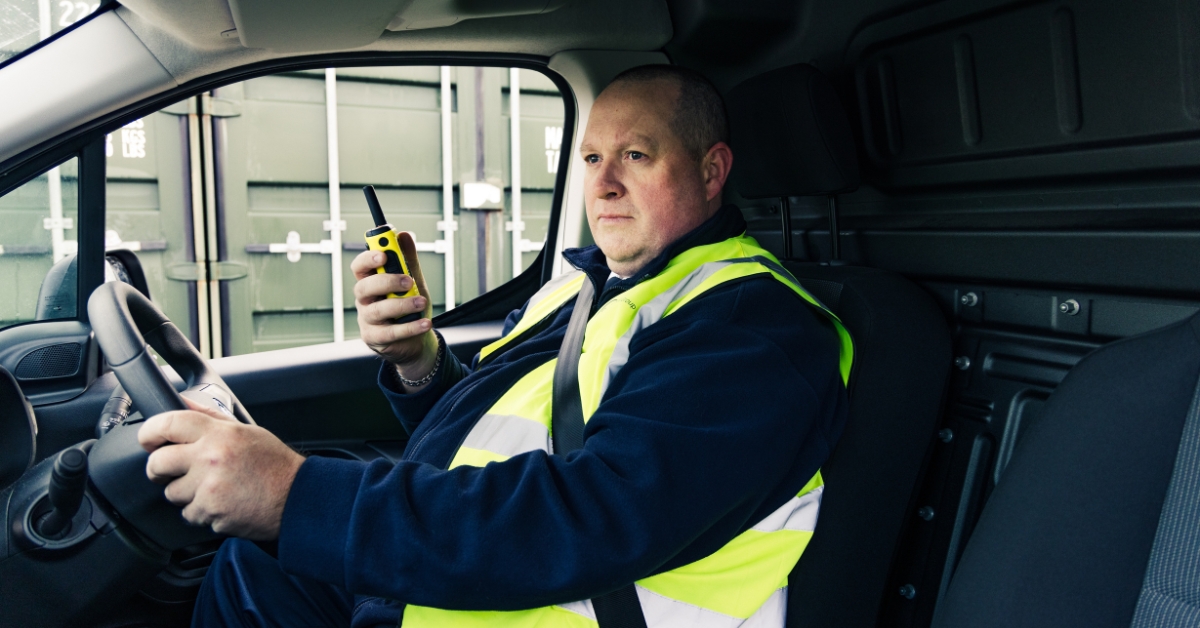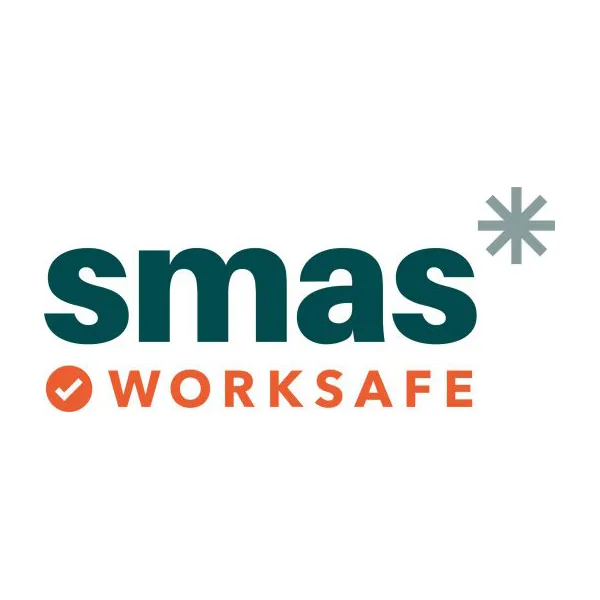Share This Article
When you think about the security needs of a retail operation, you might imagine a team of security guards preventing shoplifting and chasing pickpockets in busy stores or shopping centers. But a major security threat to retail stores is much closer to home, with 40% of retail theft coming from internal employees.
The British Retail Consortium reported that the UK retail sector spent £1.8billion on security measures in 2023/24, on CCTV systems and dedicated security guards, as well as body-worn cameras. The biggest security issue is violence and abuse of retail staff, but a close second is retail theft. This is where the sector is counting the cost of a mounting security threat.
Retail Economics carried out a study of retail security spend in 2023 and reported that theft would cost the retail sector an eye-watering £7.9billion in that calendar year. It is difficult to estimate how much of that can be attributed to internal employees, because it is often hard to detect. Retail theft is often a collusion between staff and customers, such as employees working with friends or relatives, or being intimidated by criminal gangs. But Retail Economics have reported that employee theft accounts for 40% of that £7.9billion total, meaning £3.2billion of retail theft is internal.
How do employees contribute to retail theft?
While retail theft is relatively easy prey for organised crime gangs, who target stores selling phones and IT equipment, games, jewellery and fashion items internal staff are increasingly being recognised as a contributing factor in this costly practice.
Employees can:
- Mis-scan items at the till
- Give the wrong change
- Place merchandise in areas that are easier for other people to steal, such as outside or in changing rooms
- Process fake refunds for goods not returned
These are common everyday practices carried out internally to defraud a retail store, however the largest percentage of employee theft in the retail sector comes via distribution centres and warehouses.
44% of employee retail theft (£1.4billion) takes place in distribution centres and warehouses, where there is a high volume of stock. That is because bigger facilities with less manpower per square meter makes it easier to organise largescale theft.
For the record, 28% of employee retail theft takes place in retail stores, and a further 28% during the transport operations of the retail sector.
In terms of simple numbers, there are more regular shoplifters than there are employee retail thieves, but employee retail thieves are more frequent and account for a higher value of theft, because they can monitor and ‘manage’ the operation internally.
Retail Economics reports that employee theft accounts for 4x the value of shoplifting or customer theft in retail operations. Several factors may explain the rise in employee retail theft, including the cost-of-living crisis, an increase in low-paid jobs within the retail sector, a tight labour market, and the growing recruitment of retail staff by criminal gangs who exploit their vulnerability to these challenges.
Professional security services for the retail sector
Despite these alarming figures, the good news for the retail sector is that there are various security measures which can be integrated to tackle employee theft. Strong and robust recruitment practices can prevent the root cause of employee theft, of course, but alarm systems, CCTV systems, security guards and mobile security can all combine to provide an effective security operation which prevent theft and improve the bottom line results for all retail businesses.
At CSA Security we work with you to design a robust security operation. We carry out a comprehensive risk assessment of your facility, buildings and operations to identify what security risks exist, and then we put together a package of security controls dedicated to tackling the specific threats that you face. With cost-effective security solutions from CSA Security and vast experience of operating in the retail sector, we can help you address the escalating crisis of retail theft, and ensure that you are no longer counting the cost.
Further Reading




























